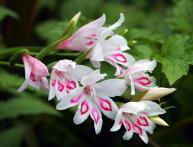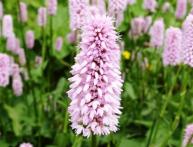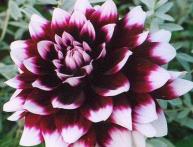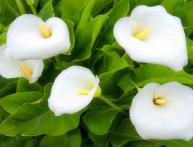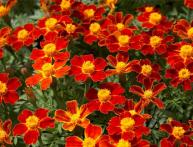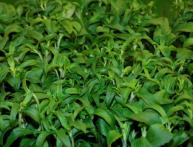Turkish carnation in the photo and in the garden
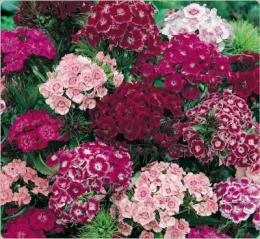
Turkish clove is a popular garden plant. It is loved for its long and abundant flowering with bright flowers collected in a thyroid inflorescence. Turkish cloves in the photo looks very impressive, its red, pink, burgundy or multichrome flowers with original designs, simple and double, make you remember what else Carl Linnaeus called it divine flower. This plant not only blooms beautifully, it has a wonderful delicate aroma. It is usually grown in gardens as biennial, although in the wild it is perennial. Experienced flower growers, having removed the flower stalks, cover the rosettes for the winter. This allows you to preserve the plant for several years.
For planting this carnation, it is better to choose sunny place, although it can grow in partial shade. But in the sun the flowering will be more abundant. Seeds are sown in the ground in the spring, when warm weather sets in, embedded in the ground a couple of centimeters. The distance between the rows is 15-20 centimeters. After the plant sprouts thin out, weed, dive. They should be replanted in August to a permanent place at a distance of 30 cm from each other, so they will bloom better next year. For the winter the plant is covered with spruce spruce branches or mulched with peat by 10 centimeters.
In the spring, do not rush to remove the covers; the rosette may die from temperature changes. And if the winter was snowy, then often in the spring the plant becomes wet or damp.To prevent this from happening, you should remove snow from the shelter and make drainage grooves. Wait until the plants begin to turn green, remove the cover and shade the emerging greenery for several days. Flowering occurs around mid-June and lasts about a month. All the beauty and delicate aroma of the flower cannot be conveyed by the Turkish carnation in the photo; to appreciate the plant, you need to see it in the garden.


